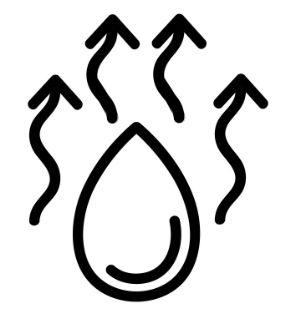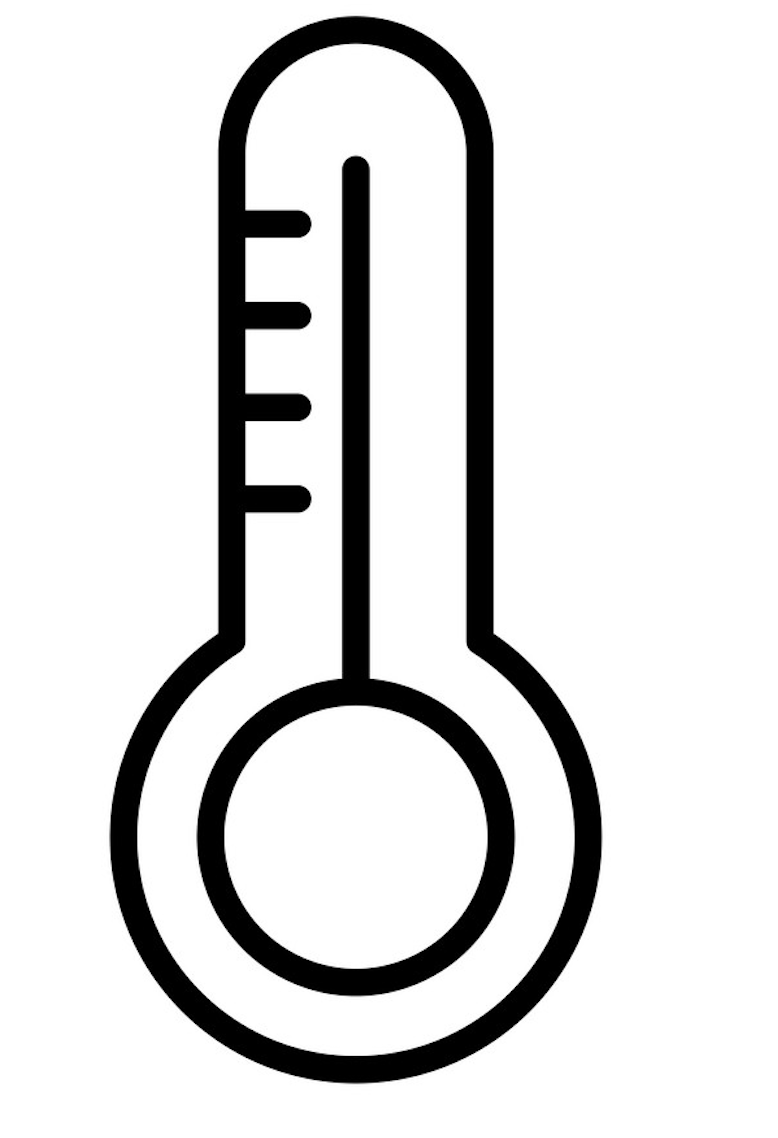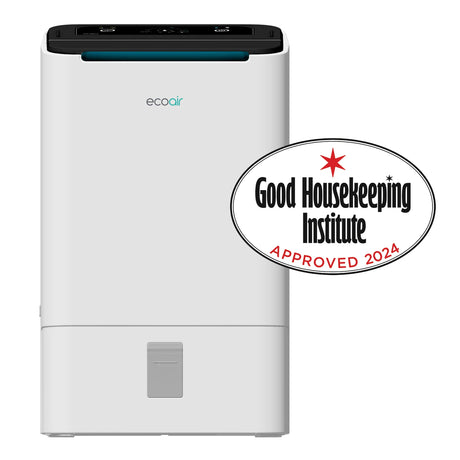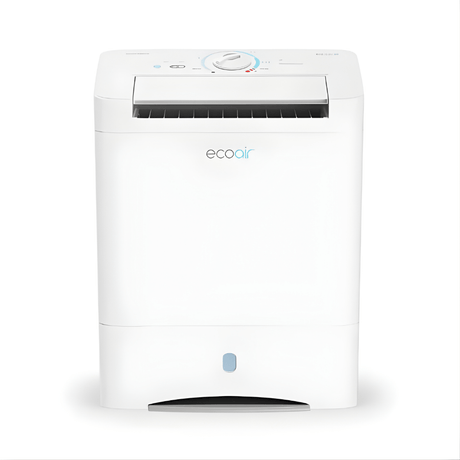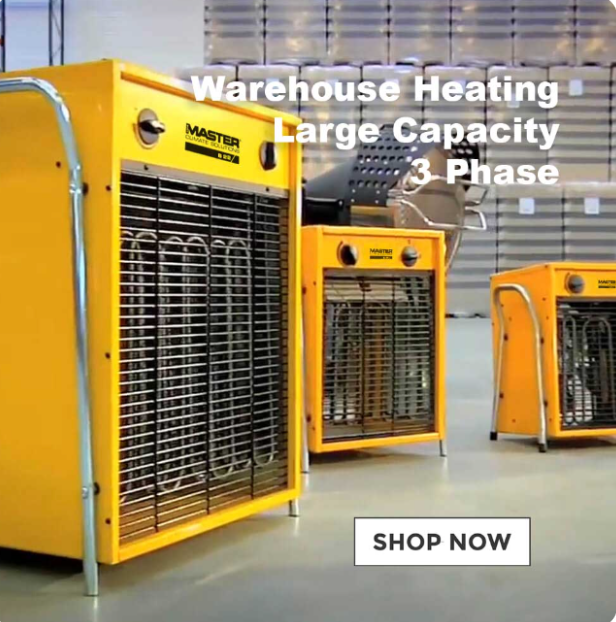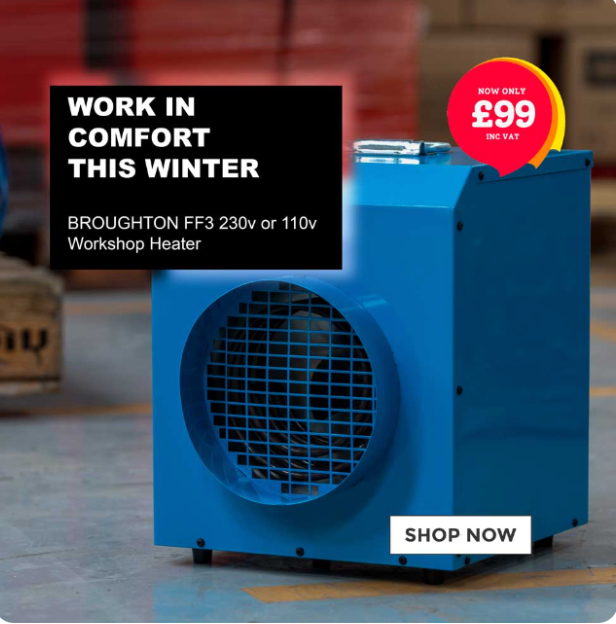Desiccant dehumidifiers operate efficiently in low-temperature environments because they use a desiccant material that absorbs moisture regardless of ambient warmth.
These work well even in spaces below 10°C, such as basements or garages. This feature ensures consistent dehumidification in colder climates where humidity often remains high.
Since they don’t rely on a cooling coil, these units avoid freezing issues common in cold settings. Overall, desiccant dehumidifiers are ideal for maintaining low humidity in unheated spaces.

